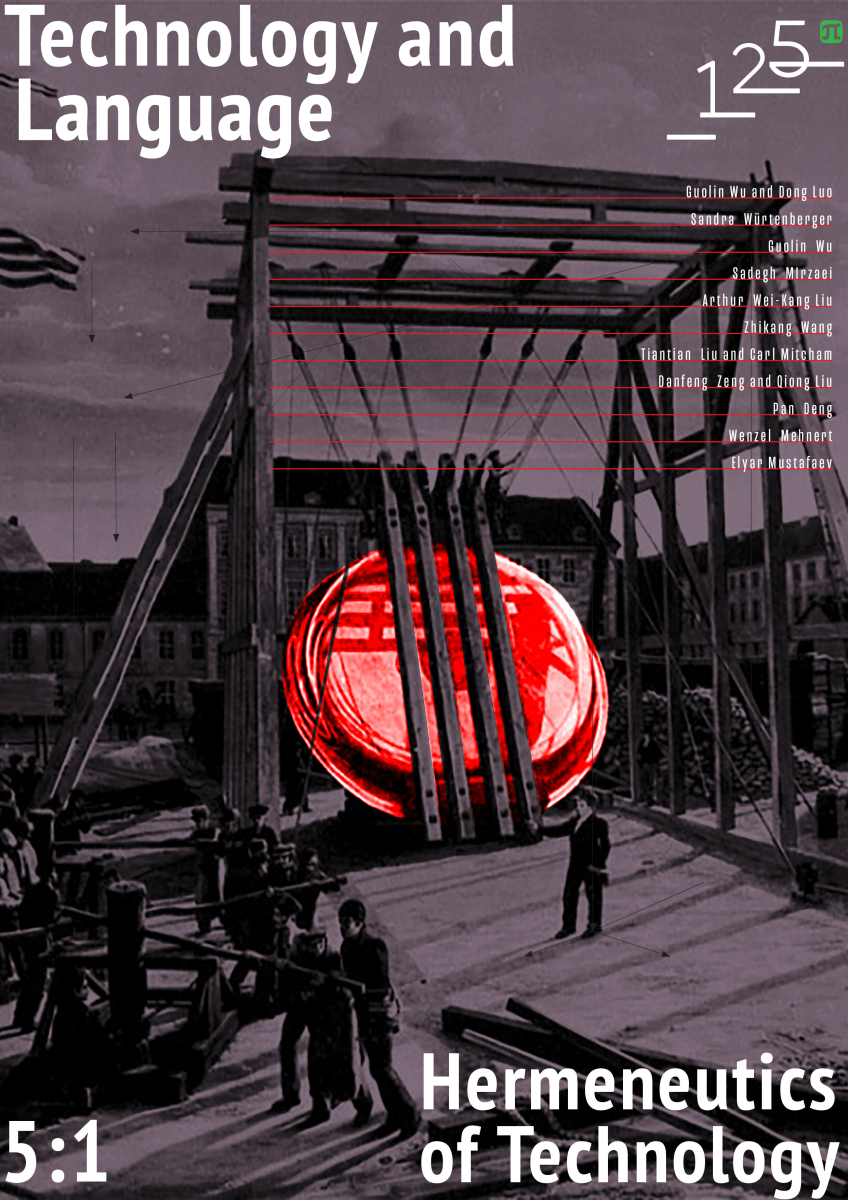Digital Photography of Crime Scenes in the Production in Forensic Examinations
Digital photography, being a fairly new means of documenting crime scenes, is firmly included in forensic activity as an important way of collecting and securing evidence, as a necessary function of any crime scene investigation. Forensic photography in general, and digital photography in particular, is a special sign system that allows to describe the scene of the crime more accessible and objectively than verbal ways of expressing information. It provides additional information for specialists who make an objective perception of the situation, or objects, the description of which is difficult lends itself to presentation in connection with a significant number or complexity of perception. Photography also gives an opportunity to re-conduct the investigation of the crime scene. The use of digital photography allows to fix traces and visually represent the situation when a crime was committed in court. Features of the image of the crime scene, technologies of visualization of hidden evidence, provide digital photography an important place in the investigation of the crime scene. Achievements in image editing, the latest software, lighting features when taking photographs help to thoroughly study the details of the crime. The language of digital photography "tells" the story of the crime, which experts and investigators must decipher and describe. Technological solutions make it possible to "read" something invisible to the eye, for example, и marking substances right on the scene or by using special lighting and filters, and also inaccessible without the help of endoscopes, drones and other devices. At the same time, photography is a complex of optical, technical, ideological aesthetic codes, is a certain way of interpreting reality. Therefore, it is required to take into account the meaning of the codes and analytical processing of the image for the transition to the criminological interpretation of the visual trace. Thus, digital photography has significant advantages over analog, expanding the possibilities of understanding objects, but also complicating the interpretation of the data obtained.



